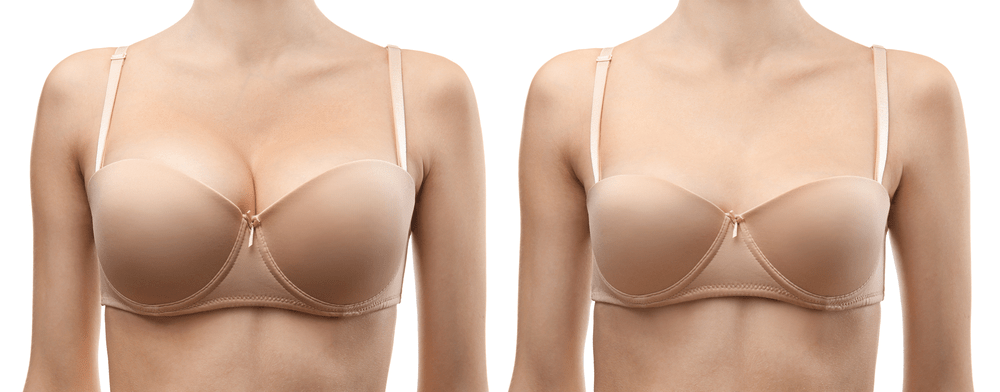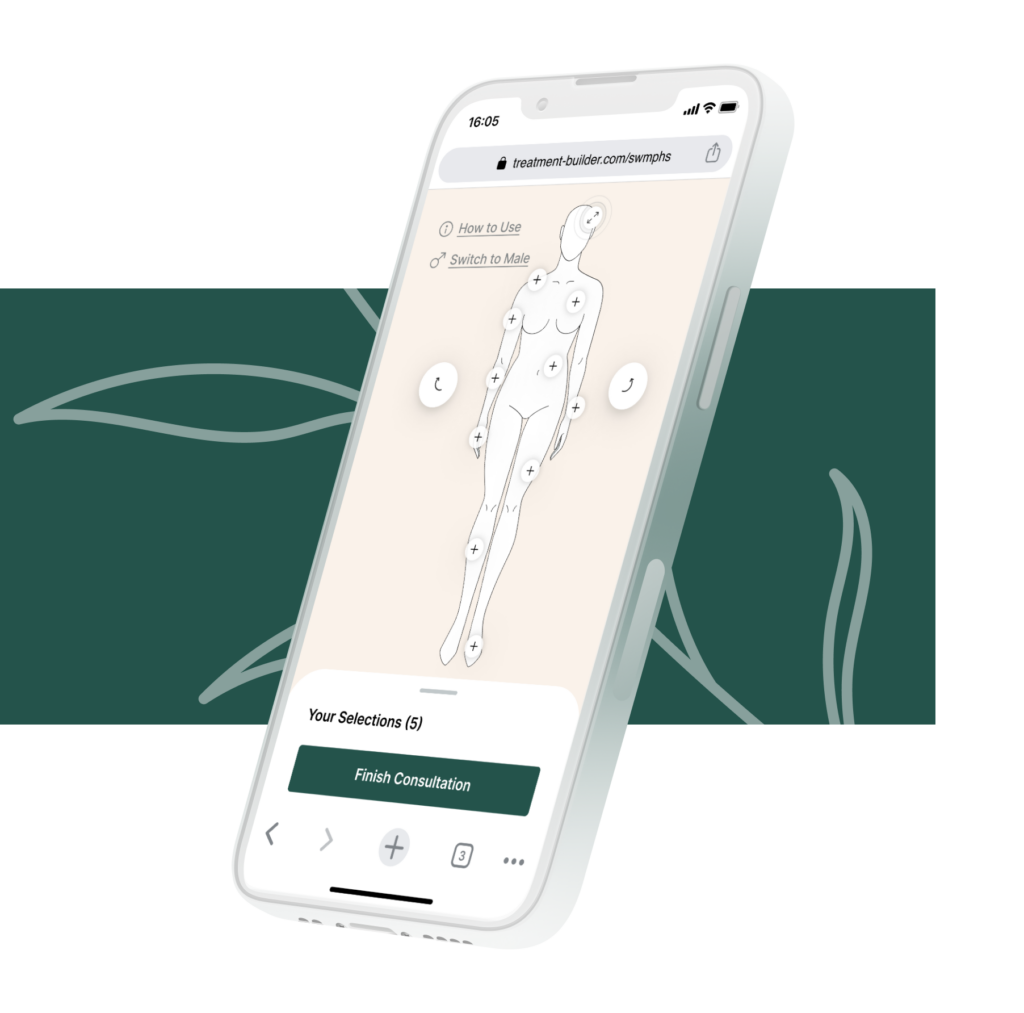
How Long Does It Take to Recover From Breast Reduction?
Choosing to have breast reduction surgery can be a liberating moment. You’re doing something that will make you feel better emotionally and physically and improve your quality of life. With this decision comes the need to seek information. At Southwest Michigan Plastic and Hand Surgery in Portage, MI, we strive to answer your questions and make this momentous occasion as stress-free as possible.
Recovery Time After Breast Reduction Surgery
Every patient responds to surgery differently, so it’s difficult to say exactly how long it will take you to recover from this procedure. Realistically, you will need between two and six weeks to make a full recovery, although you’ll start to regain strength and energy within about seven days. You will likely need at least a week away from work, depending on the nature of your job, and during this time, you’ll have to limit your activities.This means you will need help with meal preparation, housework, child care, shopping, and even caring for yourself. In addition, we recommend you not drive until you can comfortably wear a seatbelt. This can take between one and three weeks, so plan accordingly for your kids and your own appointments and needs.
A Suggested Timeline
Your surgery will only take a few hours, and then you’ll be placed in a recovery room where we can monitor your post-operative progress. We perform breast reduction as an outpatient procedure, and once you’re feeling alert enough, we will send you home.You won’t be able to drive, so you’ll need to arrange for someone to bring you to and take you from surgery. That person should also plan on spending time with you at home to ensure you’re comfortable.
Day One
We consider this to be the same day as surgery, and once home, your goal is to simply rest. This will help your body start the healing process. You’ll be placed into a post-operative bra and have bandages over your incisions. But don’t worry – we’ll provide you with all the instructions necessary to properly care for your incisions.This also marks the time when you’ll need to start wearing your bra 24 hours a day, except when showering. This helps keep you comfortable and also supports breast tissues as they recover from surgery.
Week One
You need this time away from work to continue resting. You should also use this first week to drink plenty of water – it helps with healing – eat well, and avoid strenuous activity. Stick to your pain medication schedule and familiarize yourself with the instructions we provided after surgery. If you have any questions during this time, we urge you to call our office right away.We should also stress that your post-op instructions will likely differ from those of another patient. That’s why it is important to follow our recommendations for incision care, activity restrictions, and diet. They’re based on your needs specifically.
Gentle Walking
We’ve discussed the need for avoiding strenuous activities, but now is a good time to discuss what you can do just outside of surgery. Yes, rest is important, but you should also begin to incorporate some gentle walking each day. Start slowly, at maybe 10 minutes a day, and work your way up to 30 minutes.This promotes blood flow, which your tissues need to heal, and prevents blood clots. Establishing this habit can also continue far beyond your healing period. Finally, walking will help you gradually return to normal activities.
No Heavy Lifting
After surgery, it’s important you refrain from straining your body. We therefore recommend you not lift anything heavy, including:
- Weighted purses or briefcases
- Grocery bags
- Milk and juice jugs
- Dog food bags
- Cat litter bags
- Vacuum cleaner
These recommendations will hold for at least two weeks. Additionally, don’t pick up or lift children, and keep your arms at a comfortable position without raising them over your head. Also avoid stretching and exercising until we give you the go-ahead.
Month One
Throughout this month, your body will change in a variety of ways. Your incisions will heal, although it may be several months before we recommend a return to underwire bras; the wire can chafe and damage skin that is still recovering. You’ll also note more energy and reduced pain in the neck and shoulders because, simply, your breasts are smaller.This will mean more freedom of movement, but we recommend you slowly ease back into full activities. There’s no need to rush. Toward the end of the month, you will likely be cleared for low-impact exercises. You’ll be back to work, driving again, and caring for yourself. In other words, you’ll be back to your old self – only better.
Ways to Help Your Recovery
Much of your recovery will depend on you. If you follow the instructions we provide, you’ll likely enjoy a shorter healing period. For instance, planning for your return home after surgery can make life a little easier. Pour water, milk, and juice into small containers and have them ready in the refrigerator; this will allow you to drink without worry of lifting heavy gallon jugs.
Meal Plans
By planning what you’re going to eat for at least those first few days after surgery, you can give yourself more crucial time to heal. Pre-made meals that you store in the refrigerator or freezer can be easily heated in the microwave. In your planning, opt for high-protein foods like eggs, poultry, and fish. Protein can help you heal more quickly, and a simple meal of dark, leafy greens and grilled chicken is nutritious and comforting.Plan for snacks as well. Cubed cheese, crackers, pretzels, and fruit are perfect for accompanying your medications and can be enjoyed almost effortlessly. Yogurt and nuts make equally smart choices. Use plasticware and paper plates so you don’t have to worry about washing dishes or loading and unloading the dishwasher as you heal.
Clothing
Loose, cotton pants or shorts and button-down shirts will be the most comfortable choices after surgery. Have a few outfits laid out to simplify dressing, and keep your nightwear within easy reach for nighttime. You should also:
- Designate a space for wound supplies and medications
- Create a basket with reading materials and TV remote controls
- Stock flexible neck straws, extra gauze, and antibacterial soap in the house
The Procedure Explained
The purpose of this procedure is to reduce the weight and size of heavy breasts. To do this, we ensure results are more proportionate to the rest of your body. You then see a smaller bust that is more lifted, youthful, and contoured.During surgery, we remove extra fat and stretched skin. This eliminates sagging so your silhouette as a whole is improved. We also ensure breasts are more symmetrical, correct stretched areolas, and reduce nipple size. Overall, your breasts will be lighter, well-balanced, and more attractive whether in or out of your clothes.
Reasons Women Opt for Surgery
We understand that each woman’s reason for surgery is slightly different. Some want to correct back pain; large breasts impact posture and spine curvature. They pull you forward without your even knowing it, which can strain the muscles and cause neck and back pain. In some cases, the pain is severe enough to cause headaches as well.A lack of adequate support can also contribute to pain and poor posture. Because the breasts lack muscle tissue, they have very little natural support. Oversized breasts can therefore tax back muscles that work to compensate for additional weight in the front of the body.
Lack of Self Esteem
A woman inherently ties a part of her self-worth to her appearance. If she feels poorly about her body, as so often happens in women with large breasts, she will likely have low self-esteem.As if to confirm this, we often see women hunching or wearing bulky, oversized clothing to try to hide their breasts. Surgery can instantly restore confidence in a woman by changing how she looks; it also provides a sense of empowerment because a woman who chooses this procedure is also choosing to take care of herself.
Poor Clothing Choices
It might not seem important, but it actually is. The reality is that women with oversized breasts can struggle to find clothing that is appropriate, comfortable, and fits well. Clothing factors into a person’s overall body image, and having limited choices can make a woman feel worse. Some women may even feel stigmatized by certain clothing brands that fail to meet their needs.
LImited Physical Abilities
Large breasts can make exercise difficult, if not altogether impossible. Even with a sports bra, heavy breasts can impede a woman’s ability to lift weights, run, and participate in workout classes. Going to a gym is often out of the question, as women who feel self-conscious don’t want to exercise in front of others. So the answer is often not to engage at all.Breast reduction allows a woman to resume a healthy, active lifestyle. Patients can once again move with confidence, which in turn contributes to overall health.
Uncomfortable Sleep
Whether you sleep on your side, stomach, or back, you know you have a favorite position. Women with large breasts, however, lack these options. Simply put, heavy breasts can cause pain in any posture, forcing some women to sleep in bras all night that chafe skin and offer little relief. Surgery restores restful sleep and lets you lie in almost any way you feel comfortable.
Frequently Asked Questions
It’s natural to have questions before going into surgery. Many women, for instance, want to know the difference between a breast lift and reduction. While these procedures are similar, they’re also very different.In both procedures, the nipple is moved upwards to give breasts a lifted appearance. But in a reduction, we remove breast tissue and fat to visibly reduce your cup size. In a breast lift, we reshape breasts to make them look rounder and perkier, and we only remove excess skin (not fat). Any change in cup size results from a change in breast shape rather than size.
What Will My Incisions Look Like?
Scars form in response to skin injury, and those after surgery will depend on how much tissue we remove. We have two different scar patterns to choose from: the vertical, which extends down from the nipple, or the horizontal, which extends from the nipple to under the breast horizontally. We will discuss the incision you need during your consultation.
Can I Breastfeed After Surgery?
The answer to this question depends on the breast tissue still remaining, rather than that which we remove. Approximately 60 percent of women are able to still breastfeed after this procedure. In general, we recommend that women have breast reduction surgery after they’re finished with family planning goals.
Conclusion
Within just a month of surgery, you can be well on your way to recovering and enjoying a much greater quality of life. Call Southwest Michigan Plastic and Hand Surgery in Portage and Battle Creek, MI, today to schedule your consultation.


